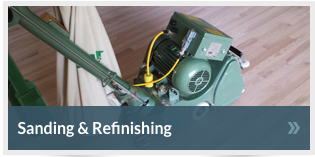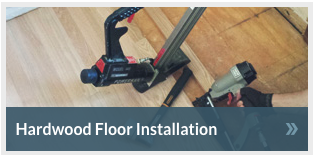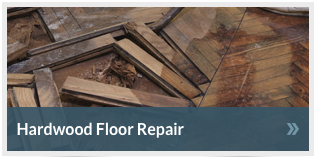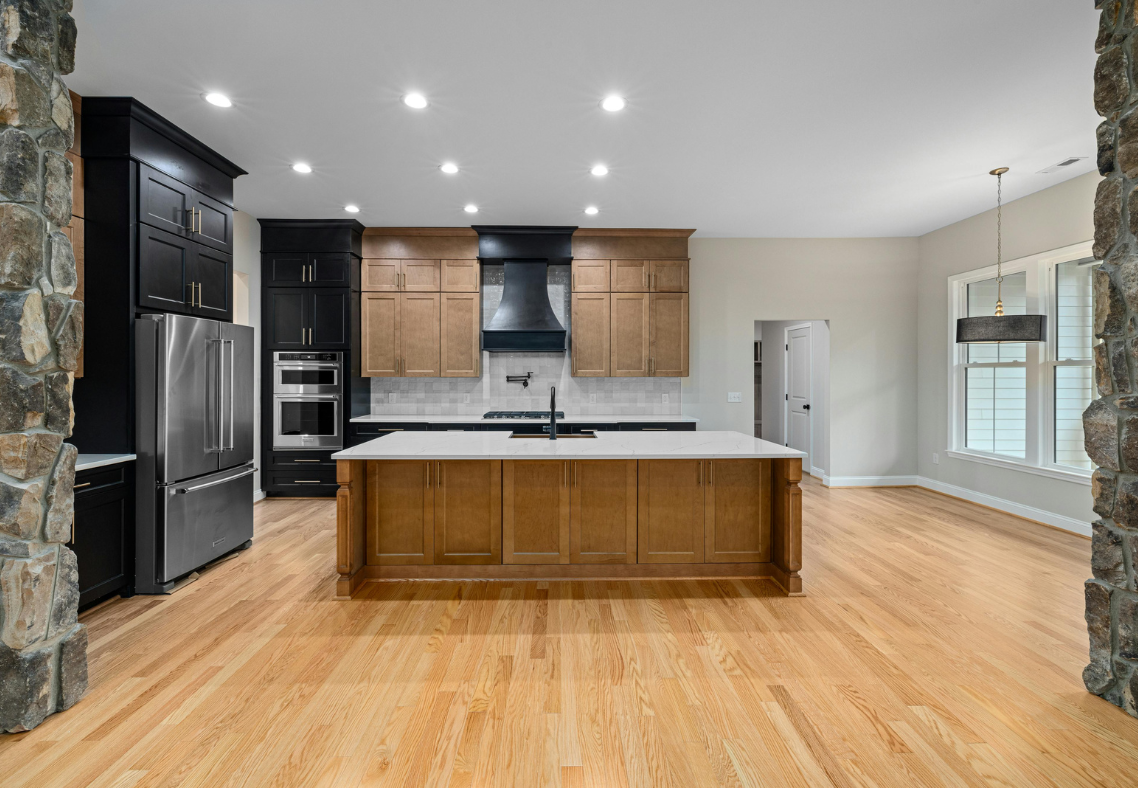How To Fix Squeaky Floors: The Ultimate Guide For Baltimore Homeowners
Squeaky floors are a common frustration for many Baltimore homeowners, especially those living in historic homes or older rowhouses found throughout neighborhoods like Canton, Hampden, and Fells Point. While a creaky floorboard may seem harmless—or even charming—it can signal underlying issues that need attention. The good news is that with the right approach, squeaky floors can be silenced, restoring comfort and peace to your home. In this ultimate guide, we’ll walk you through why your floors squeak, how to pinpoint the issue, and what steps you can take—both DIY and professional—to eliminate the noise for good.
Answering The Question: How To Fix Squeaky Floors For Baltimore Homeowners?
Why Floors Squeak
Squeaky floors occur when two parts of your flooring system rub against each other due to movement. This can be caused by:
- Loose floorboards – Over time, nails or staples can loosen, causing boards to shift as you walk on them.
- Subfloor movement – If the subfloor isn’t securely attached to the joists below, it can move and cause friction.
- Gaps between floorboards and joists – Seasonal humidity changes in Baltimore can cause wood to expand and contract, creating gaps and squeaks.
- Nail or screw friction – Fasteners rubbing against wood or metal brackets can produce high-pitched creaks.
Understanding the root cause of your squeak is key to selecting the best solution.
Step 1: Locate the Squeak
Before you can fix the issue, you need to determine exactly where the noise is coming from. Slowly walk across the room, paying close attention to where the squeak occurs. Mark each spot with painter’s tape or a sticky note. If your home has a basement or crawl space beneath the squeaky area, you can also have someone walk upstairs while you observe from below. This makes it easier to see where the subfloor is moving or where gaps exist between the subfloor and joists.
Step 2: Try DIY Fixes from Above
If the squeak is in an accessible area and the finish of your hardwood floors is not a concern, consider the following top-down solutions:
- Use a Lubricant: For squeaks caused by boards rubbing together, a powdered lubricant like talcum powder, baby powder, or powdered graphite can be sprinkled between the boards. Work the powder into the seams using a soft brush, then walk over the area to help it settle. This method is quick and easy, but it may need to be repeated periodically.
- Nail Down Loose Boards: If a floorboard is visibly lifting or shifting, you can secure it with finishing nails or trim screws. Drive the nail or screw at a slight angle into the joist below, then countersink it and fill the hole with wood filler. Make sure to use materials that match your floor’s finish.
- Use Squeak-Relief Kits: Hardware stores often sell repair kits like Squeeeeek-No-More or Counter-Snap, which are designed to secure floorboards without damaging the surface. These kits use specially designed screws that break off below the floor’s surface, leaving a smooth finish.
Step 3: Fix Squeaks from Below (If Accessible)
If you can access the underside of your floor from a basement or crawl space, you have more options:
- Insert Shims: Where there’s a visible gap between the joist and subfloor, you can gently tap in a wood shim coated in construction adhesive. This fills the space and prevents movement that causes squeaking.
- Use Construction Adhesive: Apply a bead of adhesive along the joist where the subfloor meets it. When it dries, it will reduce movement and dampen the squeak.
- Add Blocking: Wood blocking (small wood blocks placed between joists) can help reinforce weak areas of the floor and prevent lateral movement that causes noise. Use adhesive and screws to secure the blocking in place.
Step 4: Know When to Call the Pros
While many squeaky floor issues can be fixed with some DIY effort, there are times when you’ll need to bring in professionals like Flawless Floors:
- The squeaking is widespread or persistent.
- You’re dealing with hardwood flooring over concrete or with an unusual subfloor material.
- The squeaks are accompanied by soft or sagging spots, indicating structural issues.
- You don’t want to risk damaging the aesthetic of your hardwood floors.
- Your home is historic or has original flooring that needs specialized care.
Professional floor repair contractors have the tools, experience, and knowledge to safely assess and resolve squeaks—especially in delicate or older flooring.
Preventing Future Squeaks
Once you’ve fixed your squeaky floors, you can take steps to keep them quiet:
- Maintain humidity levels: Baltimore’s seasons can cause wood to expand and contract. Use a humidifier in winter and a dehumidifier in summer to keep humidity levels consistent.
- Avoid excessive water: Don’t wet-mop hardwood floors, as moisture can loosen fasteners and swell wood.
- Use proper fasteners: If you’re installing new flooring or subflooring, make sure screws are long enough to anchor into joists and that glue is applied where needed.
- Protect high-traffic areas: Use area rugs and furniture pads to reduce wear and movement that can lead to loosened boards over time.
Contact Flawless Floor Today for Hardwood Floor Repairs in Baltimore, MD
Are squeaky floors driving you crazy in your Baltimore home? Whether you’re dealing with an old rowhouse with original floors or a newer property in need of repairs, Flawless Floors in Perry Hall, MD, can help. Our expert team specializes in hardwood floor diagnostics and repairs, and we’re committed to restoring the quiet beauty your home deserves. We proudly serve homeowners across Baltimore and surrounding areas with professional floor inspections, squeak repair, refinishing, and full replacements when needed. Don’t let those annoying creaks linger—schedule a consultation with us today. Call Flawless Floors or fill out our online form to get started. Let us silence those squeaky floors for good and bring elegance and comfort back to your home.

Sanding & Refinishing

Installation

